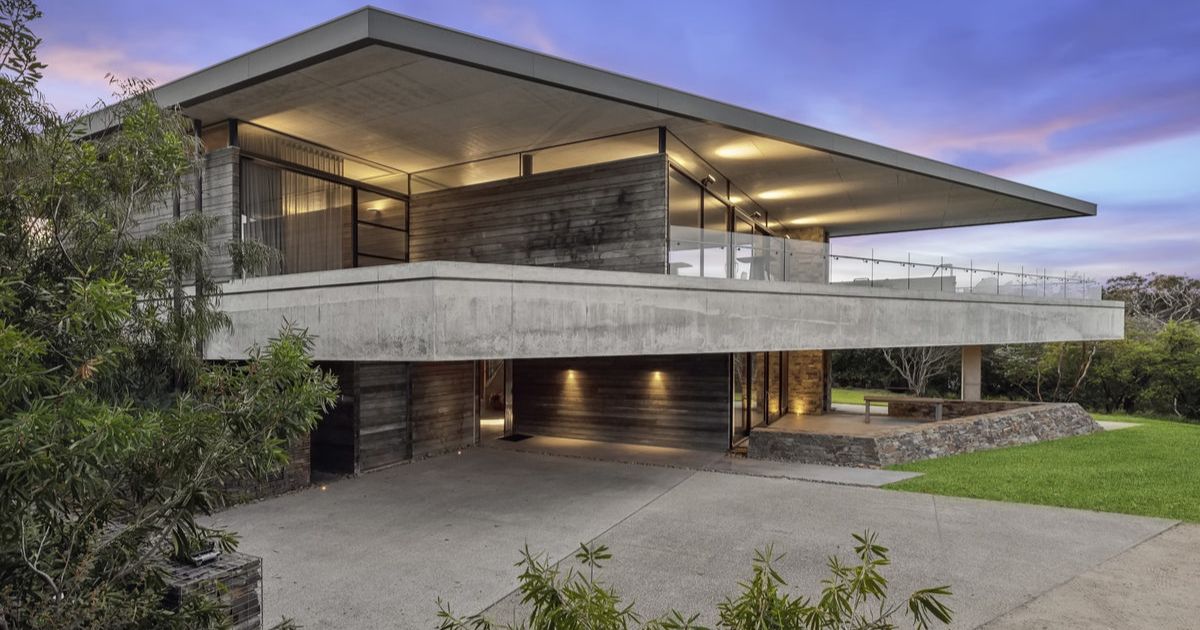Investor exodus as government persecution leads to dwindling rental market

PIPA chair Lachlan Vidler said a growing number of long-term investors are walking away, and the implications for renters are severe.
WE are continually bombarded with news about the rental crisis, with nearly every political party citing this as one of their top priorities to address, yet, it is government policies and compliance costs, along with tax implications, that are driving investors out of the market and drastically reducing rental stock.
Historically, just over 70 percent of the rental market capacity has been provided by “mum and dad” investors with only one investment property, and they are deserting the market in droves for more dependable investment options.
The recently released 2025 Annual Property Investor Sentiment Survey by the Property Investment Professionals of Australia (PIPA), confirms that Australia’s rental market is under mounting pressure, as a record number of property investors exit the sector, driven by rising costs, legislative uncertainty, and concerns over proposed federal tax reforms.
The survey shows that 16.7 per cent of investors sold at least one property in the past year, up from 14.1 per cent last year, and 12.1 per cent in 2023.
This marks the highest rate of investor sales since the question was first introduced in the survey in 2022, highlighting a clear and escalating trend that threatens rental housing supply nationwide.
When PIPA first asked the question in 2022, about 17 per cent of investors indicated they had sold at least one investment property in the previous two years, or 8.5 per cent annually over the past two years.
“This isn’t just a continuation of last year’s trend, it’s an acceleration,” PIPA chair Lachlan Vidler said.
“We’re seeing a growing number of long-term investors walking away, and the implications for renters are severe.
“The private rental market is losing stock at a time when demand is surging, and policy uncertainty is only making things worse.”
Rental stocks are shrinking fast according to the survey, which revealed 37 per cent of homes were purchased by owner-occupiers, and 25 per cent by first-home buyers, effectively removing them from rental circulation.

Mr Vidler said the shift is structural, not temporary. Once a property leaves the rental market, it rarely returns.
“We’re watching the slow dismantling of Australia’s rental supply, and tenants are paying the price through rising rents and reduced availability.”
Investor sentiment is certainly deteriorating as the survey highlights a growing unease among investors, particularly around proposed federal reforms.
When asked whether they would continue investing in property if negative gearing was altered, 53 per cent said they would stop investing.
An additional 25 per cent were unsure, leaving just 22 per cent willing to continue under a revised negative gearing policy.
Similarly, if the CGT discount was reduced to 25 per cent after 12 months of ownership, 35 per cent of investors said they would exit the market.
Another 29 per cent remained undecided and 36 per cent said they would continue investing under the revised CGT conditions.
Mr Vidler said these figures show a clear erosion of confidence — the mere suggestion of changes to negative gearing or CGT is enough to destabilise investor sentiment.
The survey showed that state-by-state, Queensland continues to lead the nation in investor exits, with 35.5 per cent of respondents selling at least one property in the state, closely followed by Victoria at 30 per cent.
“Victoria continues to see elevated levels of investor sales, and it’s no coincidence,” Mr Vidler said.
“The combination of rising land tax, new vacancy levies, and ongoing tenancy reforms is creating a climate of uncertainty.
“Many investors are simply deciding it’s no longer worth the risk or the cost to hold property in the state.”

















